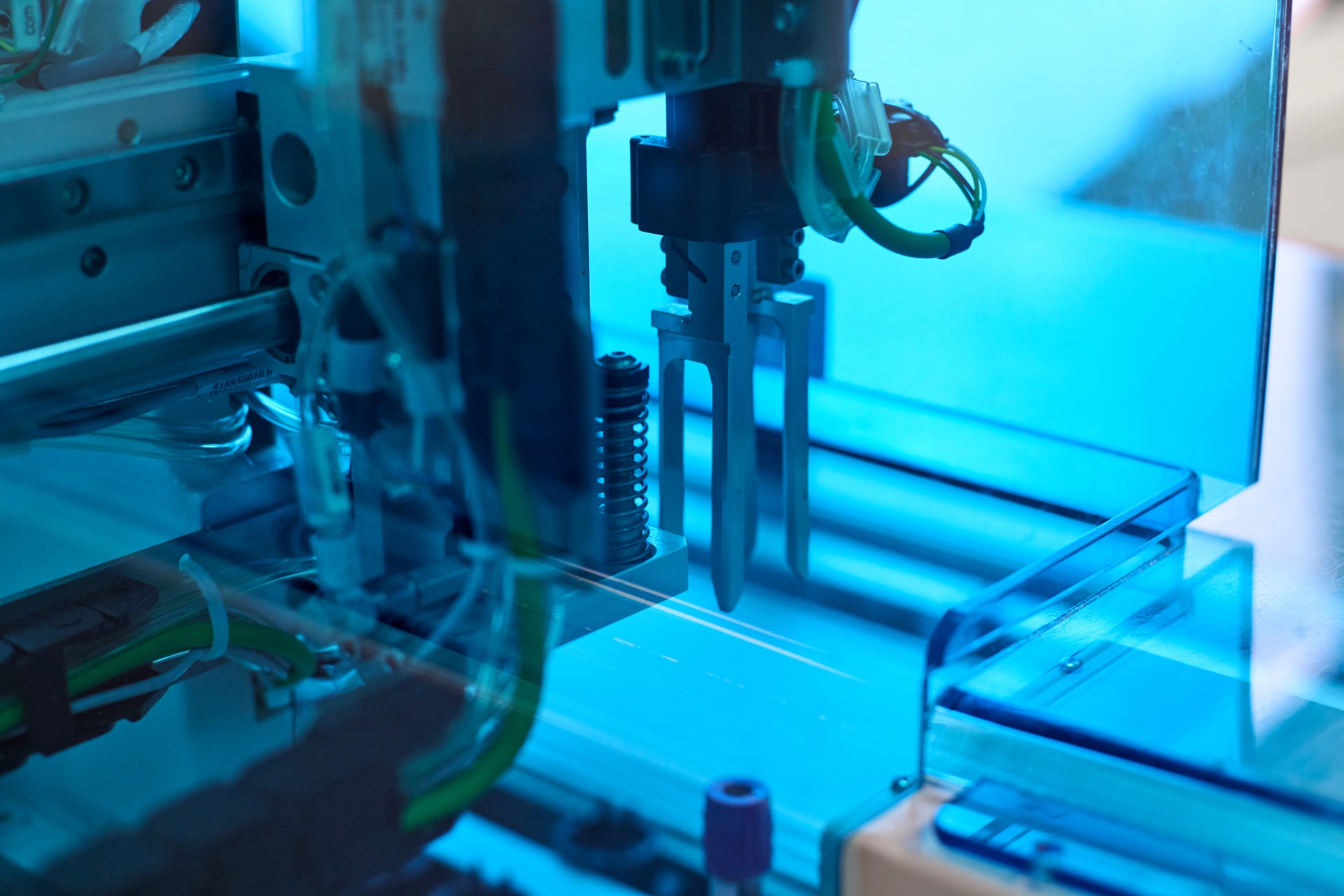Automation is sweeping the global economy. Leading applications in the healthcare sector have the potential to save hospitals billions of dollars while improving the treatment and outcomes of countless patients. Robot-assisted surgery, AI-based diagnostics, and automated administrative tasks are now being utilized in medical facilities. All of this comes as COVID-19 has increased investors’ focus on cutting edge MedTech developments.
Related ETFs and Stocks: Robo Global Robotics and Automation Index ETF (ROBO), Robo Global Healthcare Technology and Innovation ETF (HTEC), Intuitive Surgical, Inc. (ISRG), Johnson & Johnson (JNJ)
Robotics and automation technology has the potential to optimize the modern hospital and doctor’s office – from the front desk to the operating room.
Of the $372 billion spent on administrative complexity with the US healthcare system, $16.3 billion could be saved through workflow automation, according to the Council for Affordable Quality Healthcare’s 2020 Index. Processes primed for optimization through the use of AI and other forms of automation include verifying patient insurance coverage and cost-sharing, obtaining prior authorization, submitting claims and supplemental information, and sending and receiving payments.
As Healthcare Finance News notes, those savings would add to the $122 billion the healthcare industry has already saved through automation.
According to the Association of American Medical Colleges (AAMC), the US is currently facing a shortage of anywhere from 54,100 to 139,000 physicians by 2033. Increasingly technologists have been looking to use AI and machine learning to help lighten doctor’s work loads. As MRP highlighted in 2019, using automation technologies to further assist doctors will increase healthcare interoperability (the ability of computer systems or software to exchange and make use of information).
AI-based diagnostics could be one of the leading areas of disruption in the coming years.
In January, researchers at Facebook and New York University (NYU) announced that they’d developed three machine learning models that could help doctors predict how a COVID-19 patient’s condition might develop. According to VentureBeat, researchers claim that the classifiers relying on a series of 26,838 X-ray images from 4,914 patients outperformed human experts at predicting ICU needs, mortality, and adverse events up to 96 hours in advance.
NYU Langone notes that the utilization of AI could dramatically reduce the estimated 10 million medical errors that occur every year in the United States, all while mitigating harmful delays and unnecessary testing.
A new artificial intelligence-powered method to detect prostate cancer, taking just 20 minutes and appearing to be 99% accurate, has been developed by scientists in South Korea. Though that initial data was ascertained with a sample size of just 23 patients, continued research on the process will continue to test this new method of cancer detection. If these results hold, however, Metro writes that a drop of urine, a sensor, and AI algorithms may be all that’s needed to attain an accurate diagnosis and eliminate the need for a biopsy.
Automated diagnostics systems are especially valuable when combined with the rise of telemedicine. Last year, at the height of the first wave of COVID-19, MRP noted that the volume of virtual visits roughly doubled for AI-enabled telehealth platform 98point6. The service uses an AI chatbot to gather initial information from the patient before a doctor talks with the patient using a secure app. In October, 98point6 raised $118 million in a series E funding round.
When it comes to the necessary accuracy and detail of surgical operations, the value of robotics is obvious. A report by Allied Market Research estimated that the global surgical robots market could grow to $98.7 million by 2024, representing 8.5% growth from 2017 levels…
To read the rest of this Market Insight, START A FREE TRIAL You’ll also gain access to: If you already have a subscription, sign in










